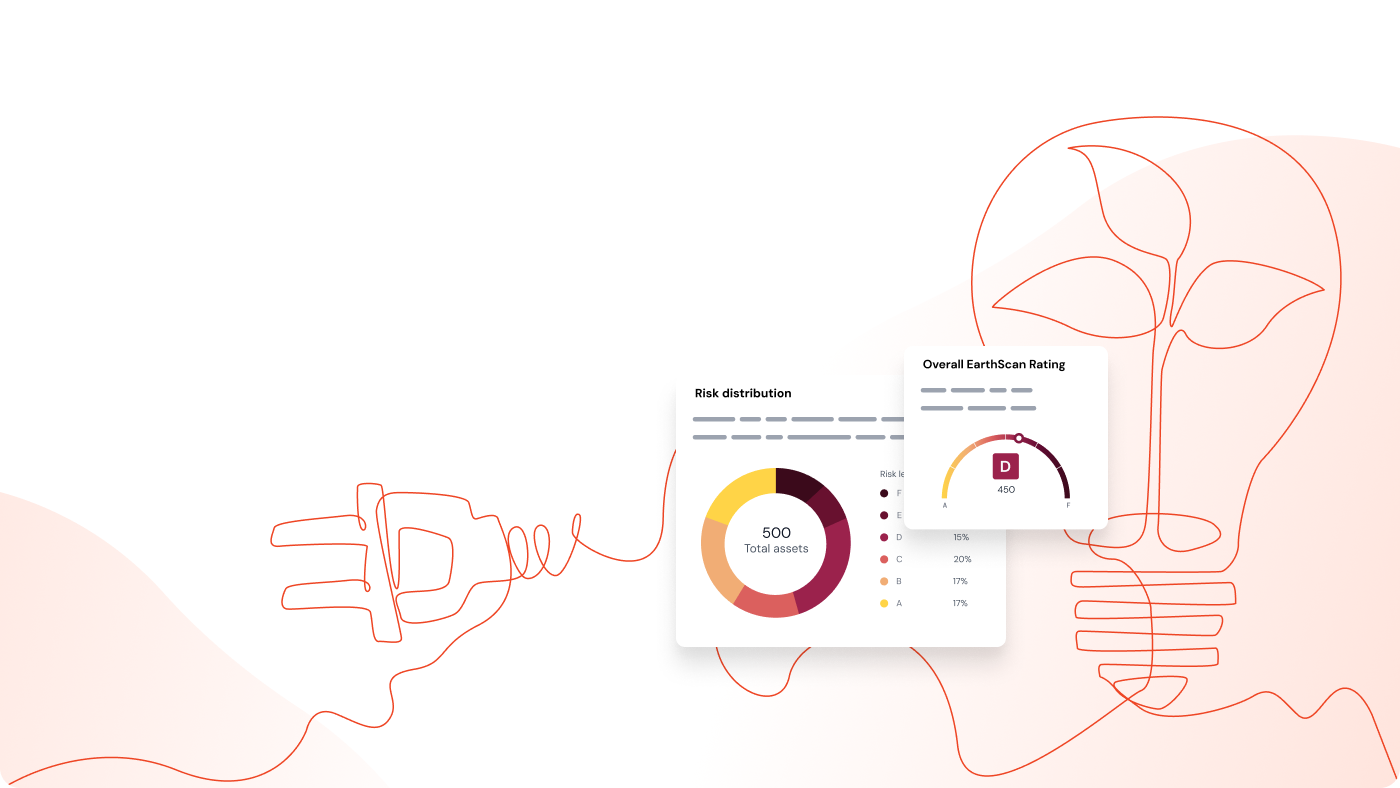Celebrating a rising star in Mitiga Solutions Student Fellowship Programme: Over the summer, we had the pleasure of welcoming Nicolás Izuzkiza to Mitiga Solutions as a Strategy Fellow, just before he began his final year of school, and take A-levels in Maths, Further Maths, Physics, Chemistry, and French.
Despite being at the start of his academic journey, Nicolás made a lasting impact on one of our fastest-growing target markets: the energy sector.
Exploring climate risk in renewable energy
A major focus of Nicolás’ fellowship was developing a white paper on climate risk for solar PV assets, a topic that sits at the heart of the energy transition. With full access to Mitiga Solutions’ EarthScan Pro, our climate risk intelligence platform, Nicolás explored how climate hazards are reshaping the solar energy landscape.
His research revealed a critical paradox: solar energy is both a solution to climate change and increasingly vulnerable to its impacts. From heat stress and hailstorms to wildfires and flash floods, climate hazards are already affecting solar asset performance, reliability, and financial viability.
Bridging academic interests with real-world impact
Nicolás’ work at Mitiga Solutions was a natural extension of his academic interests. With a strong foundation in mathematics, physics, and chemistry, he was able to dive deep into the technical aspects of climate science and energy systems.
His curiosity about how climate change affects infrastructure, and how data can be used to build resilience, aligned perfectly with Mitiga Solutions’ mission.
By applying scientific thinking to real-world challenges, Nicolás demonstrated how climate intelligence can be a powerful tool for strategic decision-making in the energy sector. His ability to connect theory with practice made his contributions especially valuable to our Strategy and Product teams.
Key insights from the white paper
Here are the core takeaways from Nicolás’ work:
1. Heat stress is the fastest-growing threat
Rising global temperatures are reducing solar panel efficiency and lifespan. In hot regions, panels can lose up to 25% of their output, especially during heatwaves.
2. Extreme weather is becoming more destructive
Hail, lightning, and cyclones are intensifying. Many solar panels are not designed to withstand these new extremes, especially larger hailstones and indirect lightning strikes.
3. Pollution and aerosols reduce solar output
Wildfire smoke and dust storms can travel thousands of kilometres, blocking sunlight and increasing maintenance costs.
4. Climate variability undermines reliability
Unpredictable weather patterns are causing fluctuations in solar output, affecting energy security and investor confidence.
5. Most solar assets are in high-risk areas
Using EarthScan, Nicolás assessed over 3,400 of the highest capacity solar PV assets globally. The majority fell into high climate risk categories (E or F), even under Paris-aligned scenarios.
6. Europe’s solar future is at risk
Southern Spain, Portugal, and Greece face high heat stress and wildfire risk. Without adaptation, these regions may struggle to meet their solar targets.
7. Emerging markets face barriers despite high potential
Africa, South America, and parts of Asia are all expected to suffer from increasing exposure to climate-driven hazards. This coupled with aging grid infrastructure and financing risks, is rendering these geographies less attractive for investors.
8. Solutions exist, but must be acted on
- Physical: Thicker glass panels, heat-tolerant components, elevated mounts, and lightning protection.
- Strategic: Climate risk modelling with EarthScan to guide site selection, investment decisions, and adaptation planning.
Applying climate intelligence in practice
Nicolás’ insights fed directly into our client engagement work with solar PV investors and operators. His analysis helped demonstrate how climate intelligence can drive smarter investment decisions, reduce exposure, and improve long-term asset resilience.
One example: Capital Dynamics, a global asset manager, used EarthScan to relocate battery units in Italy, reducing flood risk and protecting asset value. Nicolás’ work helped reinforce the message that climate adaptation is not only possible, it’s profitable.
Mapping the energy SaaS landscape
Beyond the white paper, Nicolás also conducted a strategic market mapping exercise, analysing the landscape of B2B SaaS and DaaS providers in the energy sector.
This work gave our Strategy and Product teams valuable perspective on complementary and competing solutions, helping shape our go-to-market strategy and identify partnership opportunities.
Learning by doing
Throughout his time at Mitiga Solutions, Nicolás worked closely with our Strategy Team, joining internal meetings, brainstorming sessions, and supporting ad hoc projects.
He combined data-driven thinking with genuine curiosity about the world’s most pressing challenges, helping us strengthen our understanding of how to drive resilience in the energy sector.
We’re grateful for his hard work, fresh ideas, and enthusiasm, and we can’t wait to see where his journey takes him next.
Read the full white paper here.





